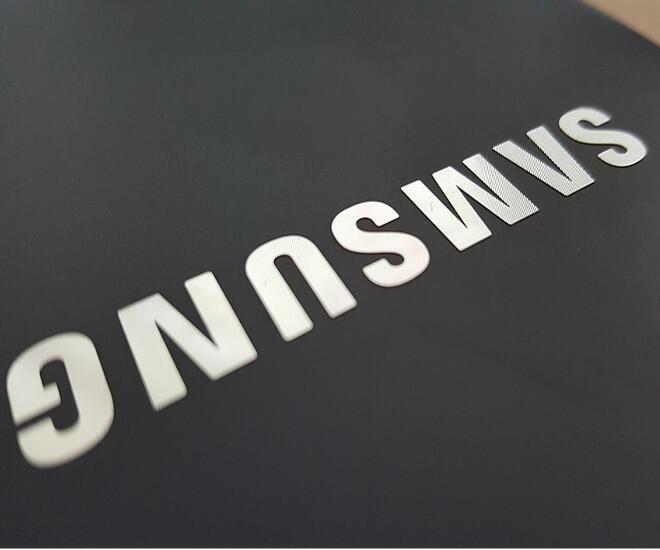Samsung’s battery fire puts devices’ integrity on the line
Article By : Steve Ohr

Incidents involving Samsung's latest smartphone may encourage mobile device makers to re-examine the integrity of their power trains.
The Federal Aviation Administration (FAA) has issued an advisory effectively declaring the Samsung Galaxy Note 7 — arguably the most feature-laden smartphone ever — a fire hazard. The FAA advisory asked airline passengers "not to turn on or charge these devices on board aircraft and not to stow them in any checked baggage."
The advisory follows a much publicised incident in which a Samsung smartphone exploded while charging on a car console, sending the Jeep Cherokee up in flame. Samsung has already issued a recall for an estimated 2.5 million units. Major cell phone service providers like Sprint and AT&T Mobility acknowledged the problem, stopping the sale of Galaxies, and issuing refunds on purchased phones that varied across the 10 countries where the affected smartphones were sold.
The exploding phone could not have come at a worse time for the world’s largest handset maker, with a new Apple iPhone model fast on its heels. The latest battery fire will likely have every portable device maker—whether smartphone, tablet, laptop computer or electric car—examining the integrity of their products’ power train. And it’s none-too-soon: lithium-ion (Li-Ion) batteries are the highest density mobile energy source that is commercially available. (There are lithium-polymer formulations that offer incremental improvements in battery density, but there is nothing ready to substitute for Li-ion, in terms of light weight, high power density and accessible cost.)
The key components of a lithium-ion battery are its anode, its cathode, and its electrolyte, whose behavior varies depending on whether the battery is being charged or discharged (i.e., in use, driving a load). During charging, lithium ions are ejected from the cathode (which typically includes cobalt, manganese, nickel and oxygen) toward the anode (which is made of graphite)—across an ion-filled electrolyte fluid. As the battery drains in use, the lithium ions return from the anode back into the cathode. The problem for these batteries is that the lithium is extremely reactive with oxygen and/or water vapour in the atmosphere—despite the neutralising effects of the electrolyte.
Packing a bomb
Lithium batteries were used for military aircraft long before they were tweaked by battery-maker Sony for commercial use. The current solution partially neutralises the lithium solution with lithium ion or lithium cobalt, and—most important—reducing the compound’s exposure to the atmosphere, where it could first gulp down oxygen, raising its temperature in the process, and, then, within milliseconds bursting into flames. Ionised lithium provides a buffer, but its effectiveness is not 100%. The battery design requires the lithium material to be physically isolated from the atmosphere. It means protecting the battery from cracks or punctures. Heat, by itself, is not the cause of Lithium battery fires. Rather, too much heat can stress the battery seals, and it’s a broken seal that leads to an explosion.
Battery fires have been reported in laptop computers, made by Dell, Hewlett Packard and Toshiba, and in the Chevy Volt and Tesla Model S electric cars, and even in Boeing’s most recent jetliner, the 787. In the case of the computer battery fires, their cause has been attributed to defects in the battery manufacturing process, in which microscopic metal filings were accidentally rolled into the electrolytic film, potentially puncturing the film, short-circuiting anode-to-cathode in that spot, and getting horrendously hot. Improvements in battery manufacturing have pretty much eliminated computer battery fires.
In the case of the Tesla battery fire, the battery case on the underside of the car was ruptured by the car going up on a curb. In the case of the Boeing 787 fires, the company spent a lot of energy making the FAA—and potential 787 passengers—understand that the use of lithium batteries did not affect the planes’ ability to fly. Of the two lithium battery packs on board, one was used to start the jet engines when the plane was on the ground; the other was used to power up passenger comfort systems. And, just in case, Boeing redesigned the battery case seals to ensure there would be no additional exposure to oxygen (i.e., no explosion) in case of an internal short.
While the U.S. Product Safety Commission recalled 35,000 laptop batteries as late as 2008, the tone of experts commenting on the possibility of future lithium fires is spread across a spectrum from “oh, they’re safe… go back to bed,” to “Be Afraid… Be Very Afraid.” The consensus seems to suggest that lithium ion batteries are safe; that catastrophic failure is rare. The caveat is that lithium batteries need to be treated with respect — and that’s a major role for the surrounding control circuitry. The batteries should never be fully depleted, never be overcharged (as that could cause overheating), never allowed to experience a reversal in polarity.
With hundreds of millions of lithium ion batteries produced each year, the market for smart battery charging controllers (also called battery management ICs) is roughly $1.6-$1.8 billion with average selling prices (ASPs) considerably less than 50 cents in very high volumes — amazingly cheaper, considering the functions they perform. The market leaders are generally those with skill sets in precision signal conditioning and control.
Next: Why balancing lithium-ion battery cells is key
Subscribe to Newsletter
Test Qr code text s ss


